We caught up with the brilliant and insightful Wei Dou a few weeks ago and have shared our conversation below.
Wei, thanks for joining us, excited to have you contributing your stories and insights. What’s been the most meaningful project you’ve worked on?
I am a landscape and experience designer focused on outdoor spaces, crafting meaningful interactions across spatial, environmental, and digital spaces. One of the most impactful projects I worked on was a design competition centered around reactivating a site—a 1.5-hectare abandonded hill in an urban area near Nanjing’s old city wall. The hill, once a battlefield, now lay silent and overgrown, and the challenge was to renew its purpose while preserving its historical identity. Before visiting the site, I approached the project through assumptions. I explored precedents for vibrant urban plazas and war memorials, searching for ways to balance activation and commemoration. However, my perspective shifted entirely during my site visit.
Standing there in the quiet night, I noticed something magical: fireflies twinkling in the darkness. They captivated me. Fireflies are ephemeral—living only briefly in the summer before they disappear. But the next year, they always come back. Their presence embodies a cyclical rhythm of life and death. At that moment, I knew this would be the heart of my design concept. These fireflies were the living monuments, naturally commemorating the past while symbolizing resilience and renewal, and I do not need anything more.
Obviously, a busy urban park would destroy this delicate, profound scene. The noise, lights, and activities of people would disturb the habitat and drive the fireflies away, erasing the very essence of what made this site unique. Therefore, instead of pursing my original concept, an urban gathering place, I designed a simple, elevated pedestrian trail that allows visitors to observe the site from a respectful distance. Moreover, I proposed to restore native plants and trees to enhance the fireflies’ habitat, ensuring their survival and reinforcing their role as the site’s enduring storytellers.
This project taught me to be careful with norms and assumptions – and always design from a raw state like I have never designed before, uncovering its identity and honoring it through thoughtful, restrained design. It was a powerful reminder that meaningful design serves all stakeholders—in my case, not just humans but the natural world as well. It remains one of the most fulfilling experiences of my career.
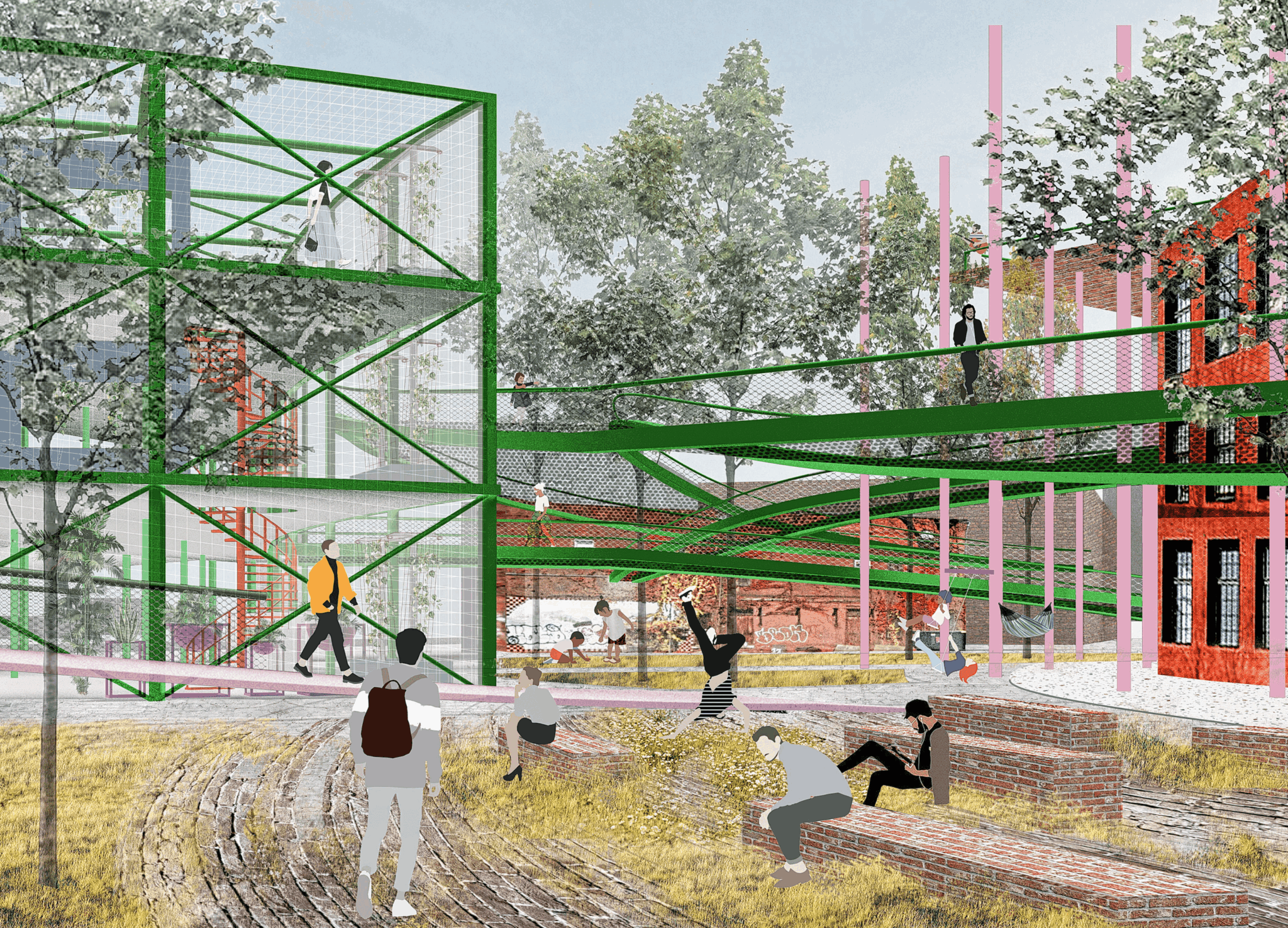
Wei, before we move on to more of these sorts of questions, can you take some time to bring our readers up to speed on you and what you do?
I entered the creative and design industry because I’ve always been a curious thinker and a dreamer who enjoys discovering new perspectives and finding ways to change the world, little by little. Back in school, I was deeply involved in activities that challenged me to think differently and express myself creatively—I was in the debate club, hosted ceremonies, and performed plays on stage. These experiences shaped my ability to communicate ideas, challenge the status quo, and see the world through various lenses. What sets me apart is my relentless drive. I am never satisfied with the current state of things and constantly strive to push boundaries, improve, and pursue my dreams with passion and determination.
Design, for me, isn’t just about creating; it’s about reimagining the world around us. It’s present in our day-to-day lives, influencing how we interact with spaces, objects, and systems. It’s a tool for solving problems, inspiring change, and making life more meaningful.
In my practice as a landscape designer, designing and planning outdoor spaces for people, I always try to design for inclusivity, accessibility, and places that will be the memories for people’s childhood, important moments, or just day-to-day life. With the context of artificial intelligence and mixed reality, I also explored the boundaries between the physical space and the virtual world, finding the intersection that human emotions can be recognized, elevated, and celebrated.
Moreover, I believe that users are not just passive recipients of a product or a space; they have inherent strength and value. I grew up in a big city in China, where there was some “urban villages” which were simply some neighborhoods that were less developed, and where the low-income residents lived. I witnessed the locals taking matters into their own hands and crafting their own designs from the bottom-up. Hanging laundry here and there, temporarily and randomly, at places that were not allowed – A simple, almost harmless, slightly-illegal act, to claim their rights. They had taken the space upon themselves to reshape, while successfully resisting the strict rules of the elite, as what Henri Lefebvre described through Critique of Everyday Life. Amid the backdrop of urbanization, it was the elite supervisors who sought to impose their will from a position of authority, and these small acts fighting against them showed the interesting tension and dynamics in the urban public spaces.
This realization has deepened my commitment to designing with empathy and insight, creating solutions that meet the needs of people often left out of traditional design approaches, and understand where every stakeholders come from. I find inspiration in the works of philosopher Michel Foucault, who explored how power and social norms shape our understanding of what is “normal” and what is “marginalized.” His idea that “power is everywhere” resonates with me. To me, it means that the structures we create can either uplift or suppress certain groups, depending on how we design them, and that’s why good designers much be humble.
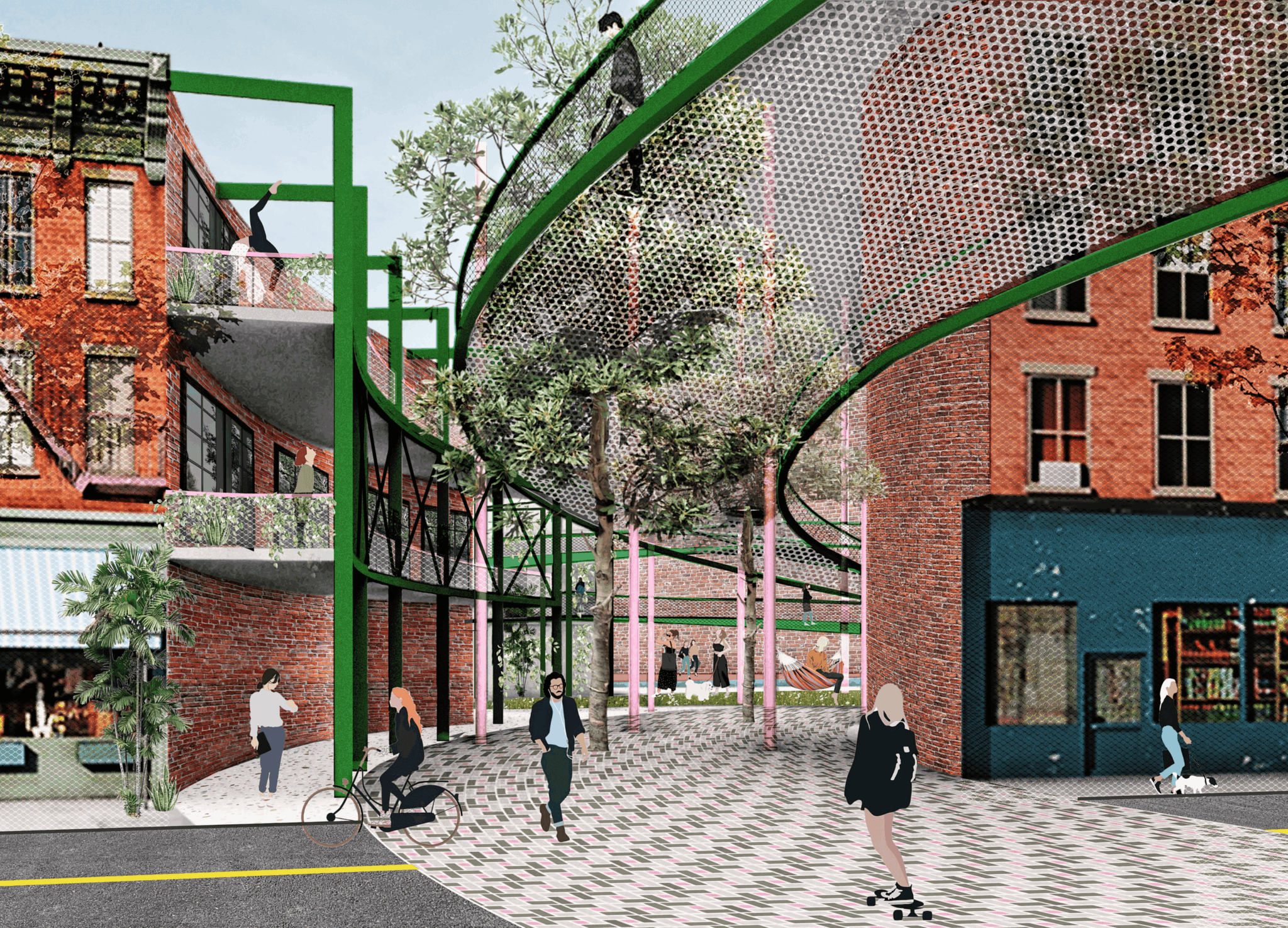
Is there mission driving your creative journey?
My creative journey is driven by the desire to understand, connect and inspire. I believe creative works are like seeds planted in people’s hearts—you may never know when, where, or how they will grow or inspire someone. From my experience, genuine, kind, and authentic designs always find a way to touch people, often in ways the creator might not have imagined. For me, my work holds no meaning if it doesn’t resonate with or benefit others. Design is not just a personal outlet; it’s a way to create connections and foster growth. If even one person or group can find happiness, peace, or inspiration in my work and use it to create something new or pass it on to others, I would consider it a profound success. That cycle of inspiration and growth is what drives me to create.
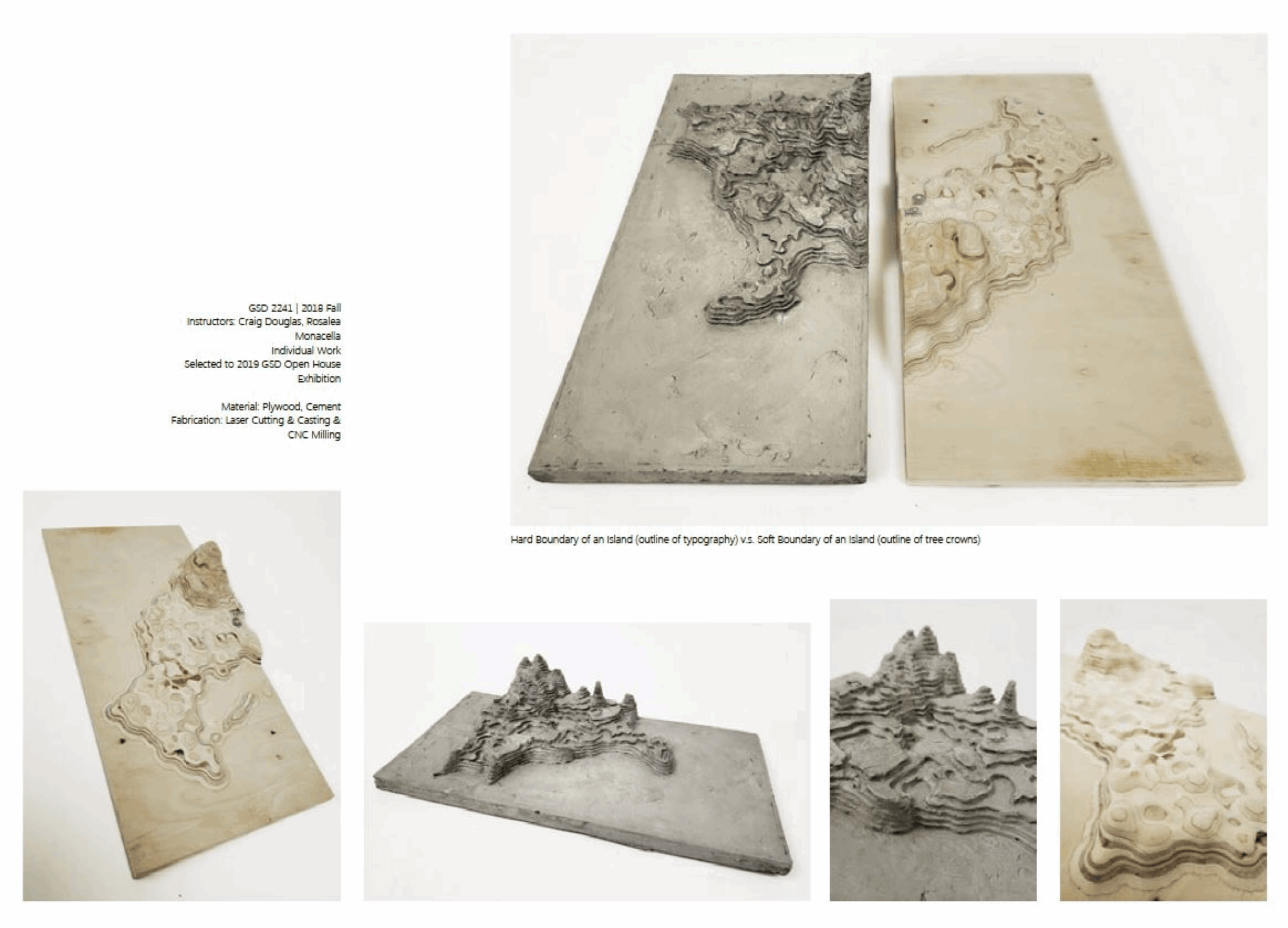
Looking back, are there any resources you wish you knew about earlier in your creative journey?
Before diving into specific resources, I want to emphasize the importance of actively seeking them out. We live in an era where information is abundant and easily accessible, but this can also lead to feeling overwhelmed or losing the motivation to keep learning. Let’s face it—learning isn’t always as effortless or instantly gratifying as scrolling through your phone for hours. That’s why networking and exploring new opportunities with intention are more important than fixating on finding the “best” resources. The landscape of sources and platforms is constantly evolving, and relying on a single resource isn’t effective anyway. If possible, I highly recommend immersing yourself in an academic environment for some years in your career when you are ready. It’s one of the most knowledge-rich, opportunity-filled, dynamic, and forward-thinking time you’ll ever experience. The lessons, connections, and inspiration you gain will continue to shape and nurture you for years to come.
That said, it’s crucial to approach this experience with clarity as a designer. Before rushing into school or any program, take the time to understand what you want to learn. Intention matters—you need to actively seek and define what you’re after, rather than passively waiting to receive.
When it comes to other resources, I encourage creatives to join professional associations and engage with local groups. Attending meet-ups and connecting with peers in your area is one of the best ways to stay in tune with what’s happening in your field and build meaningful relationships. Use available resources to discover what might benefit you the most. Dive into others’ stories and career paths to gain insights and inspiration, with your purpose. Your journey is unique, and the best path forward will align with your personal aspirations and values.
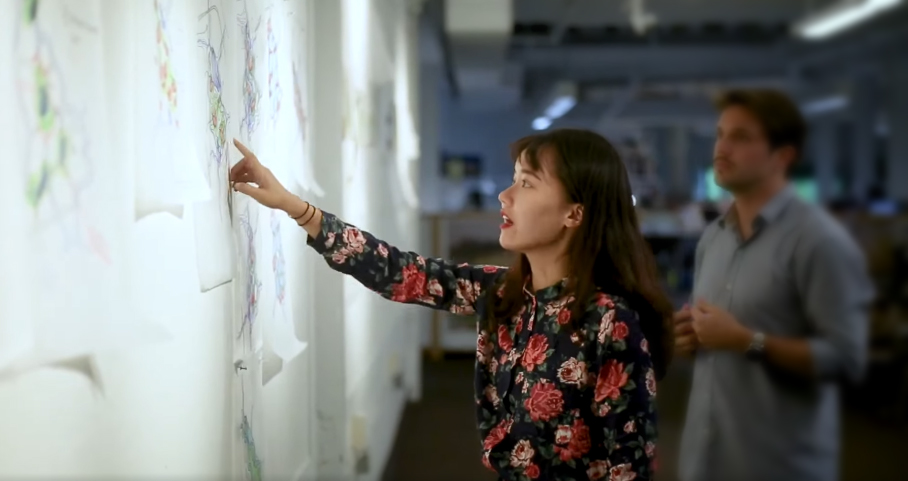
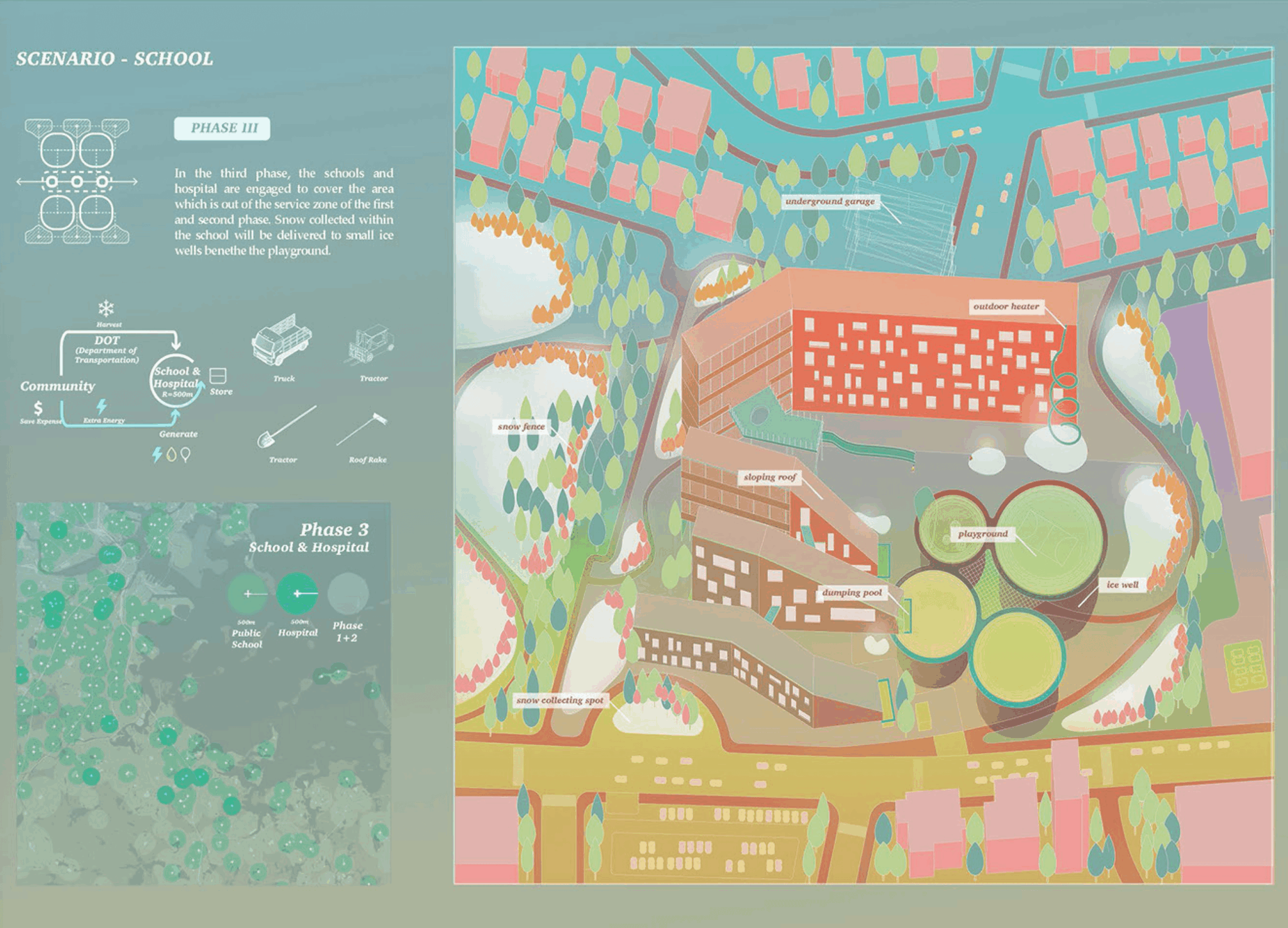
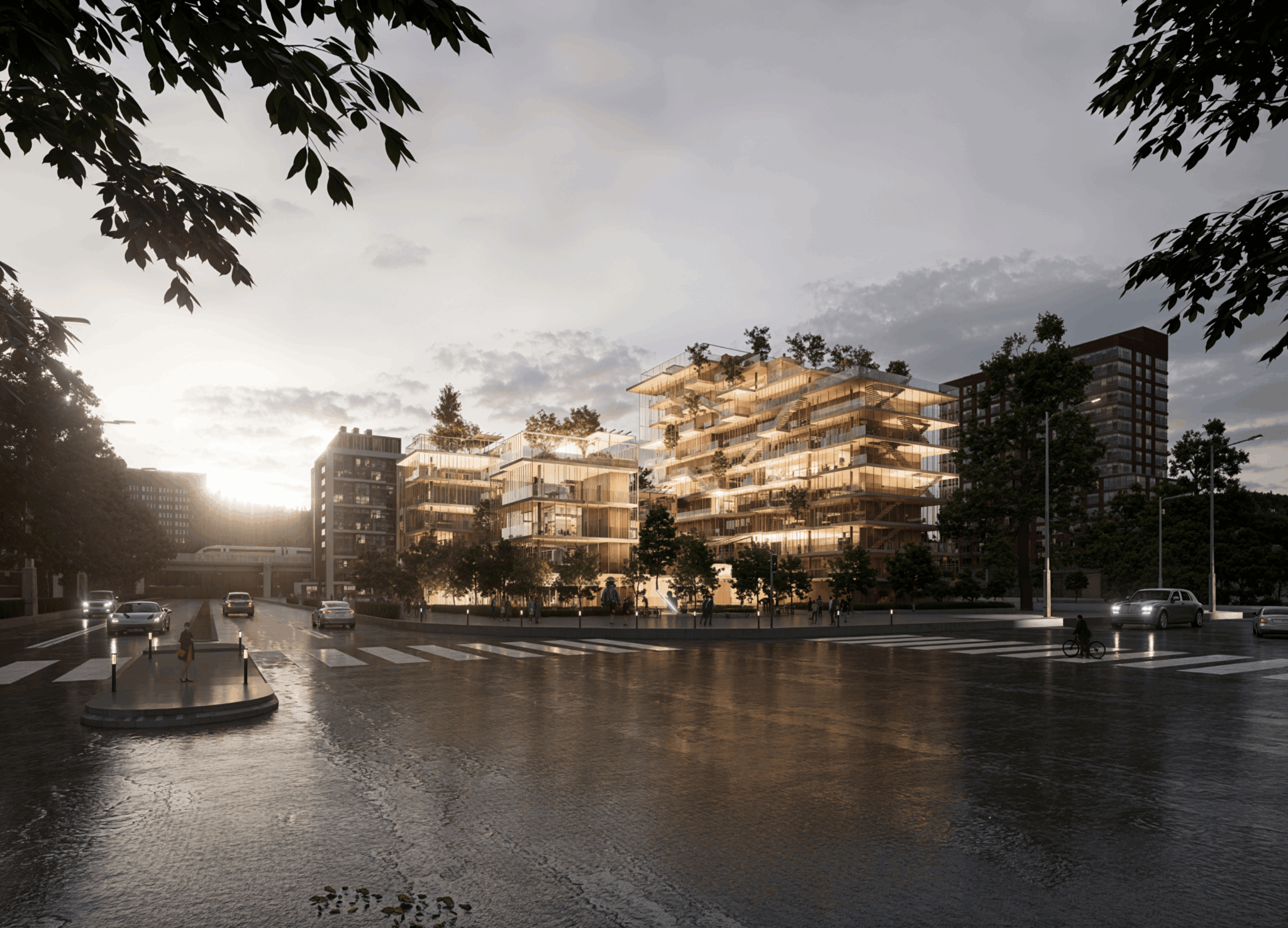
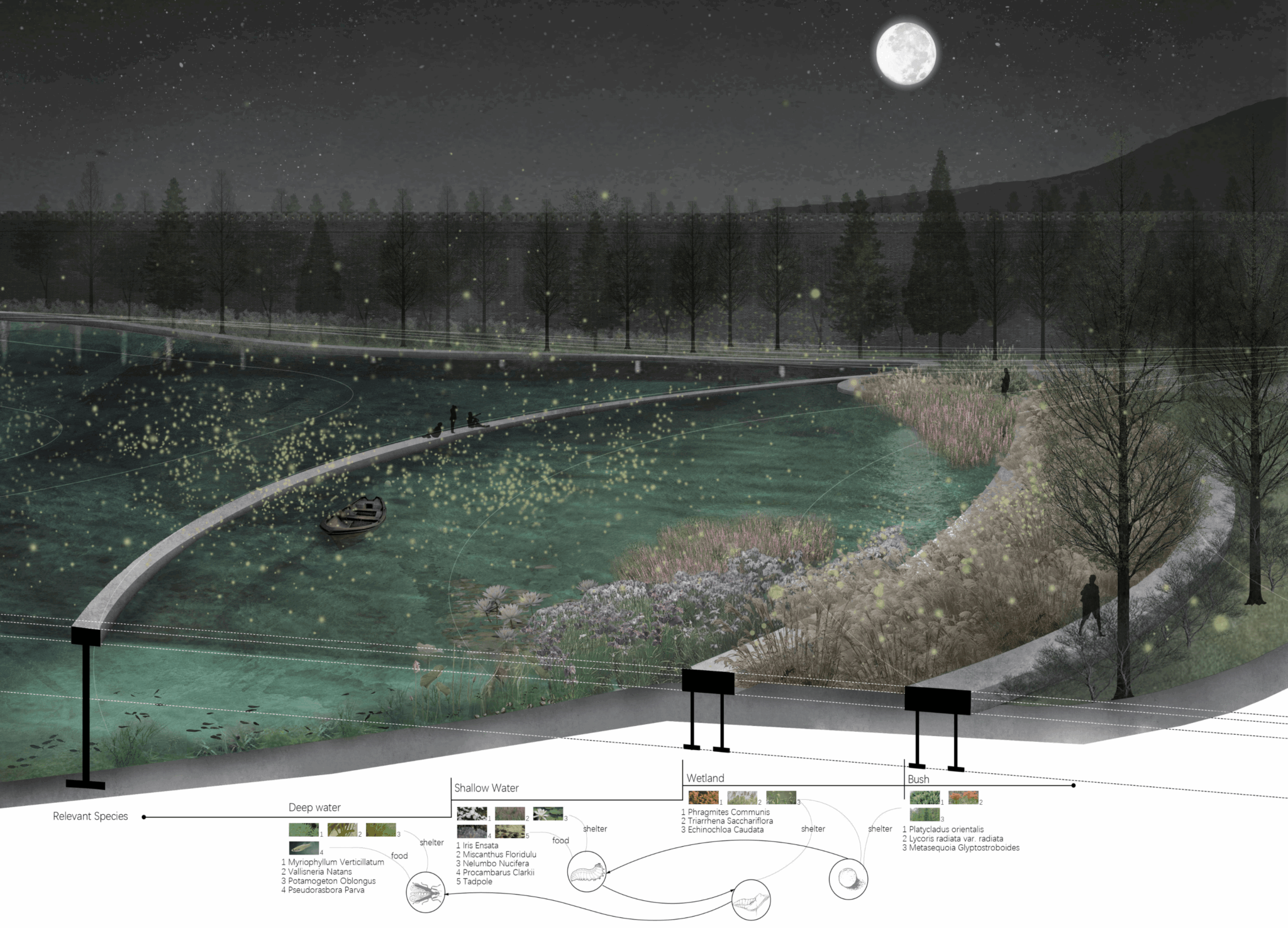

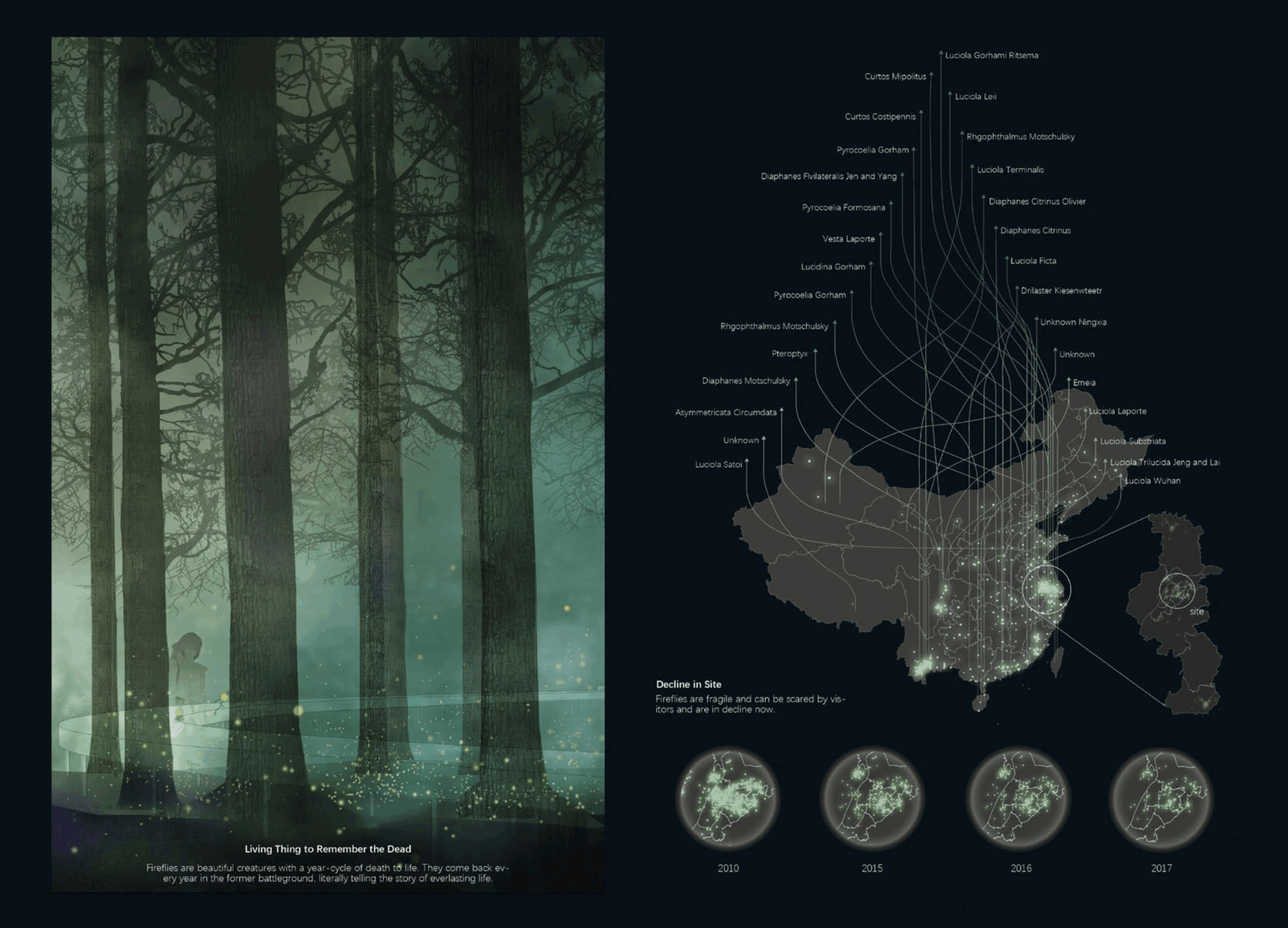
Image Credits
Zhaodi Wang, Jingyun Li

